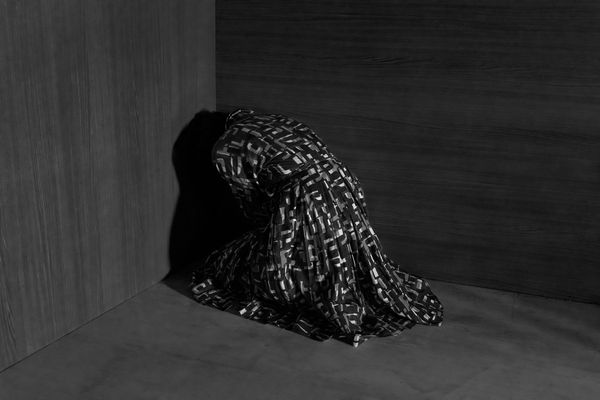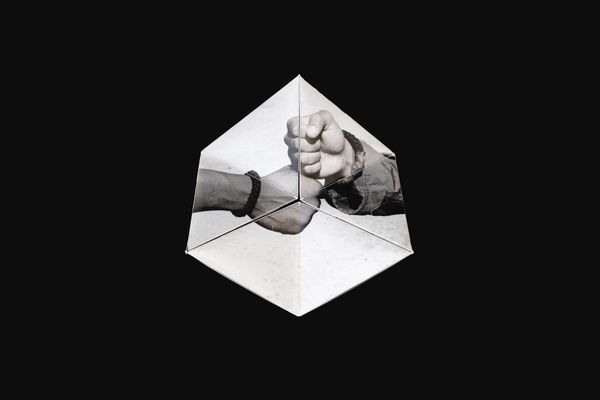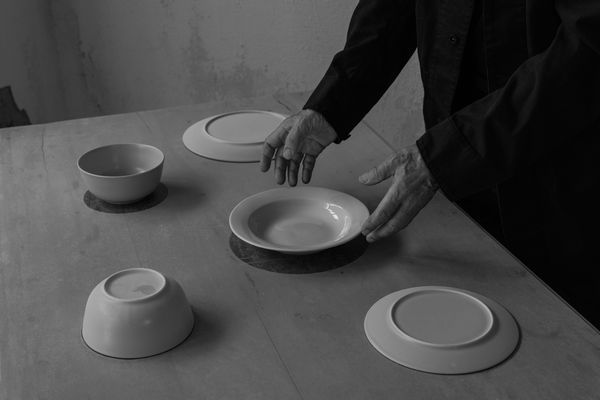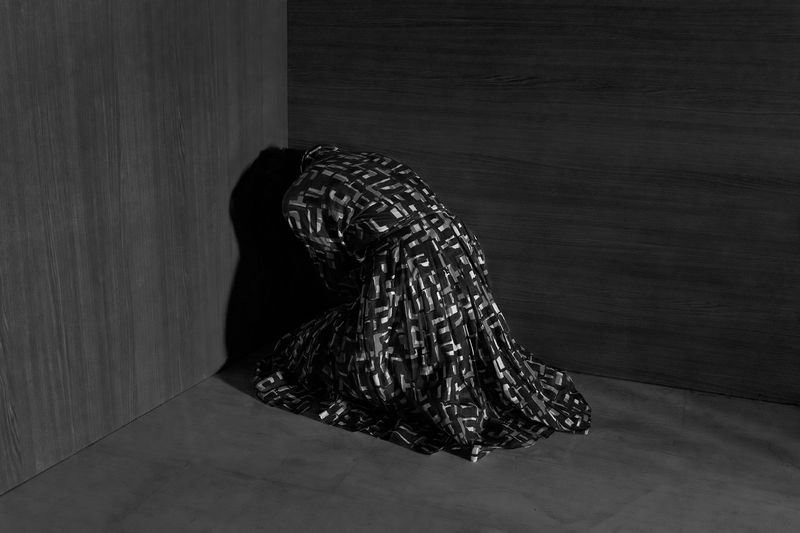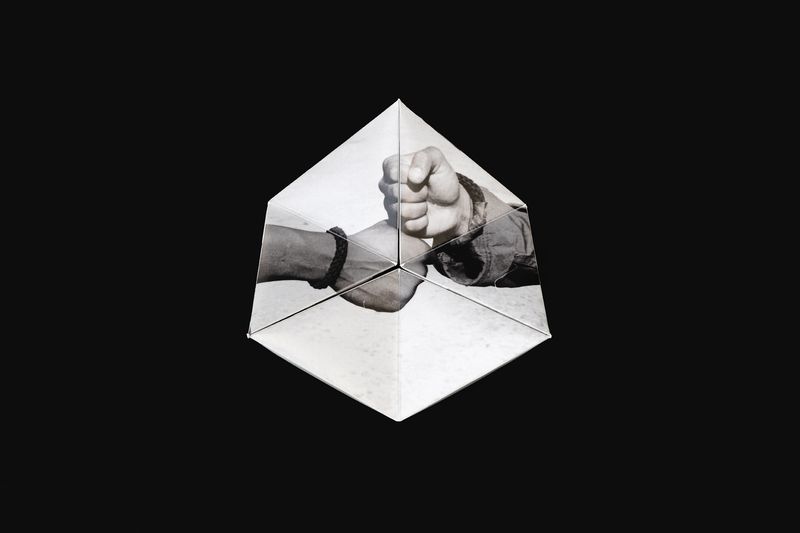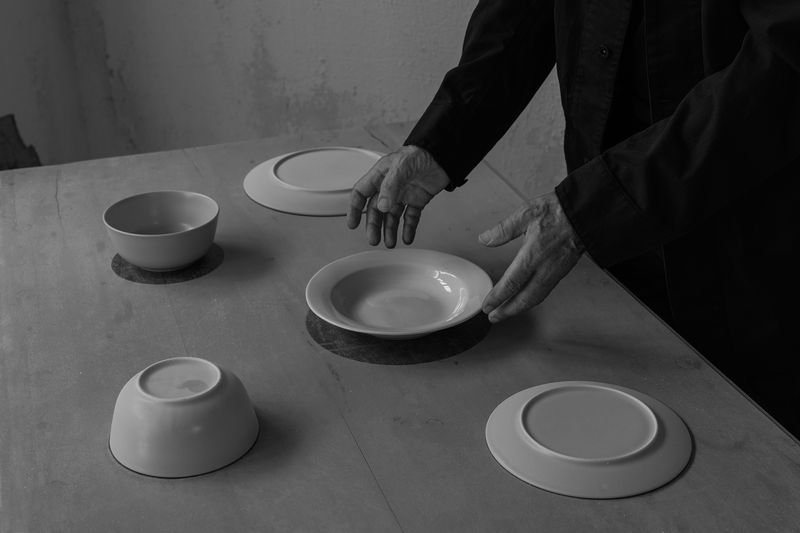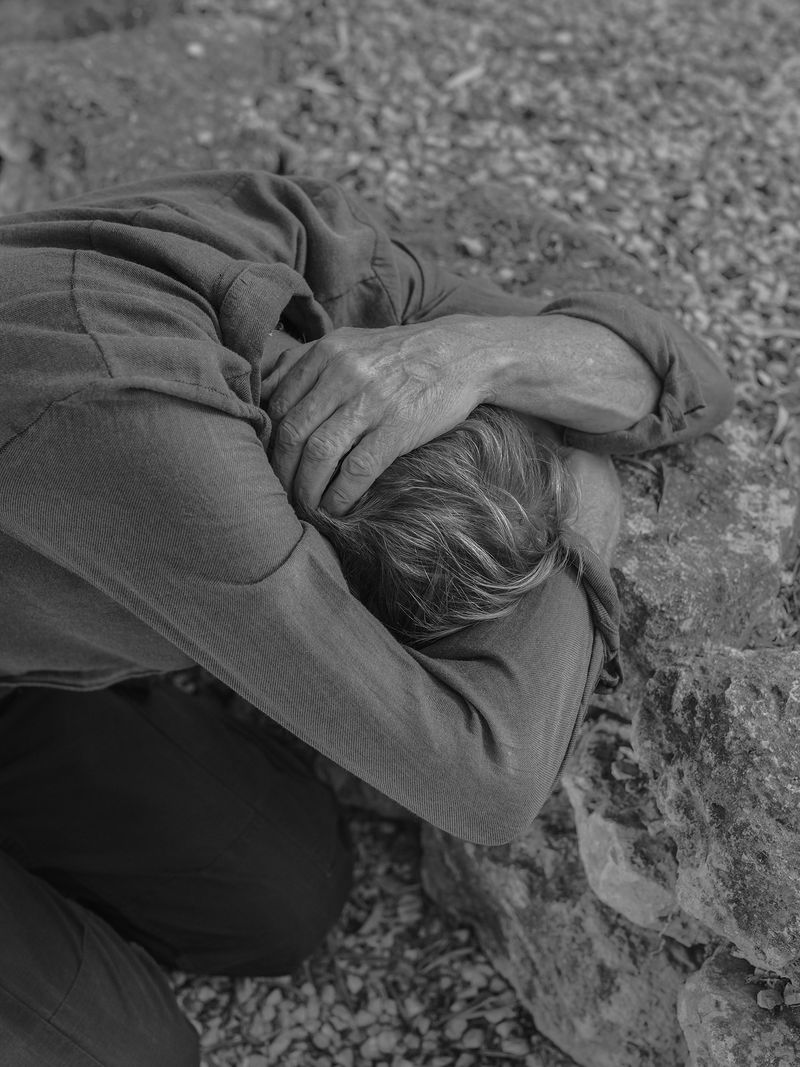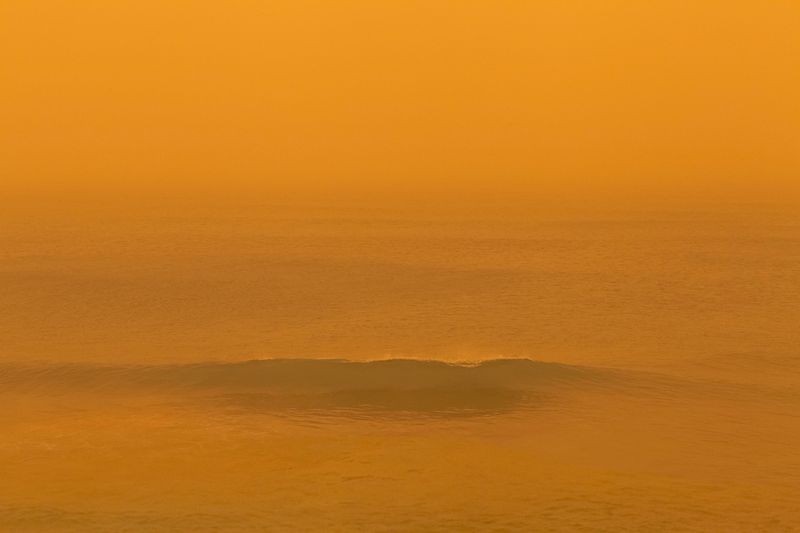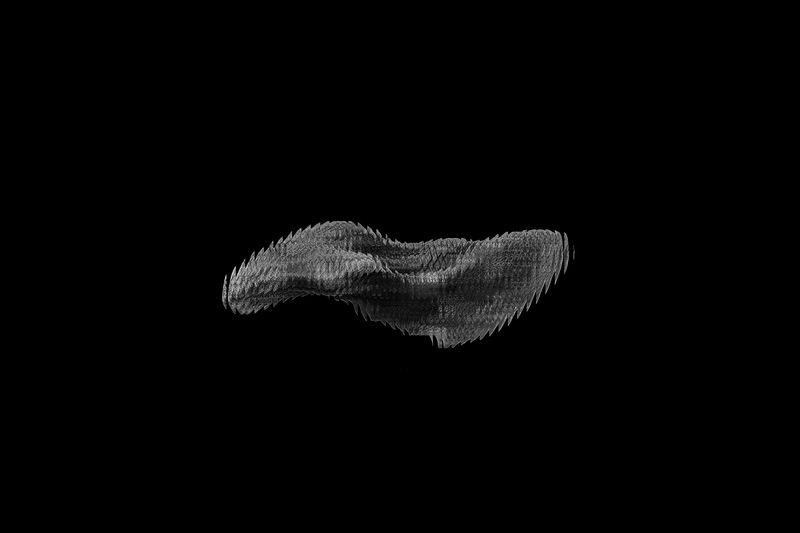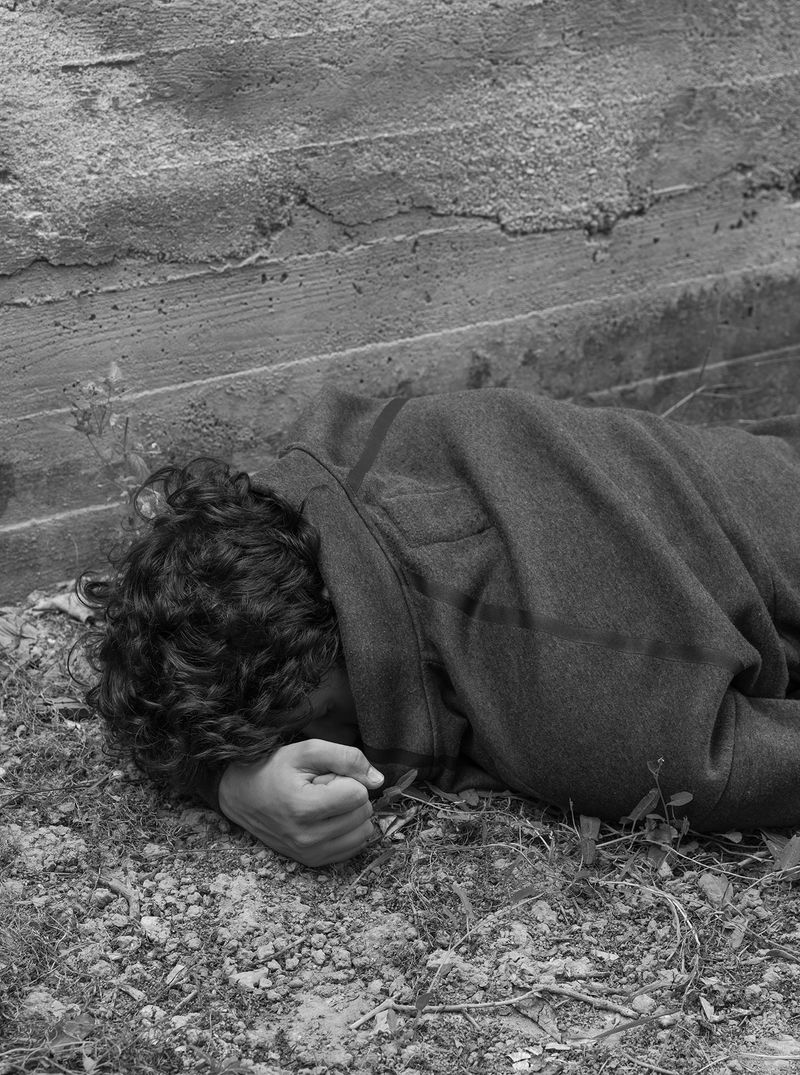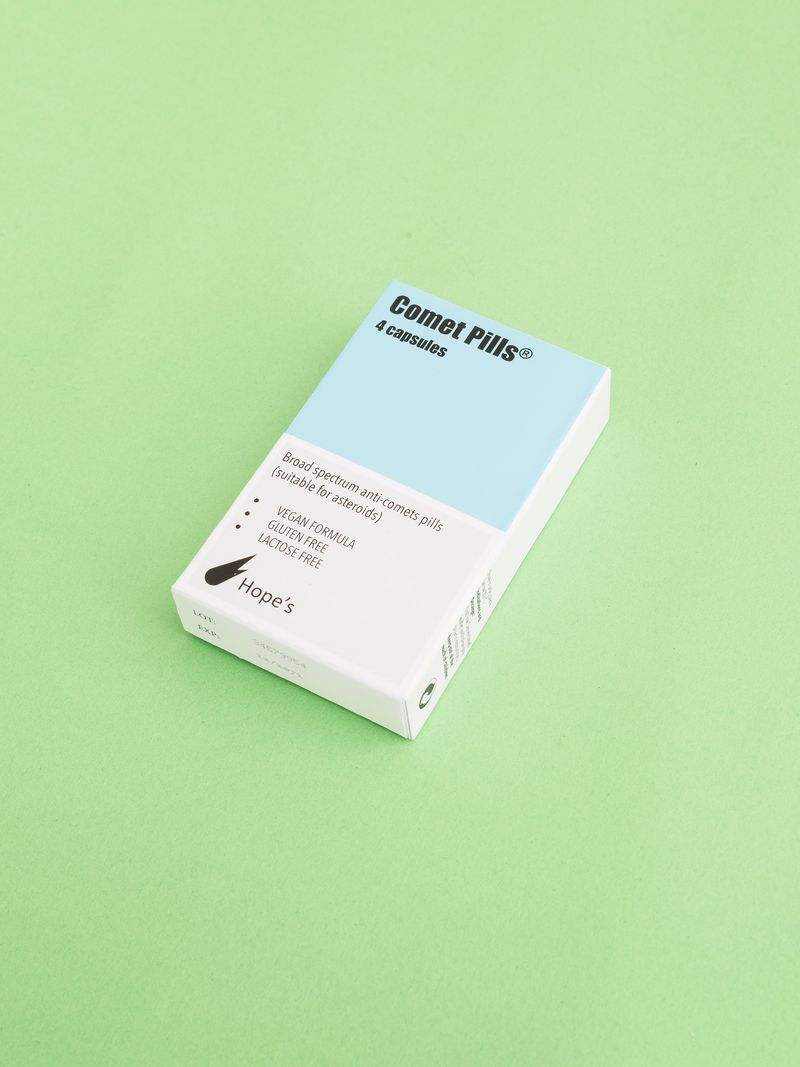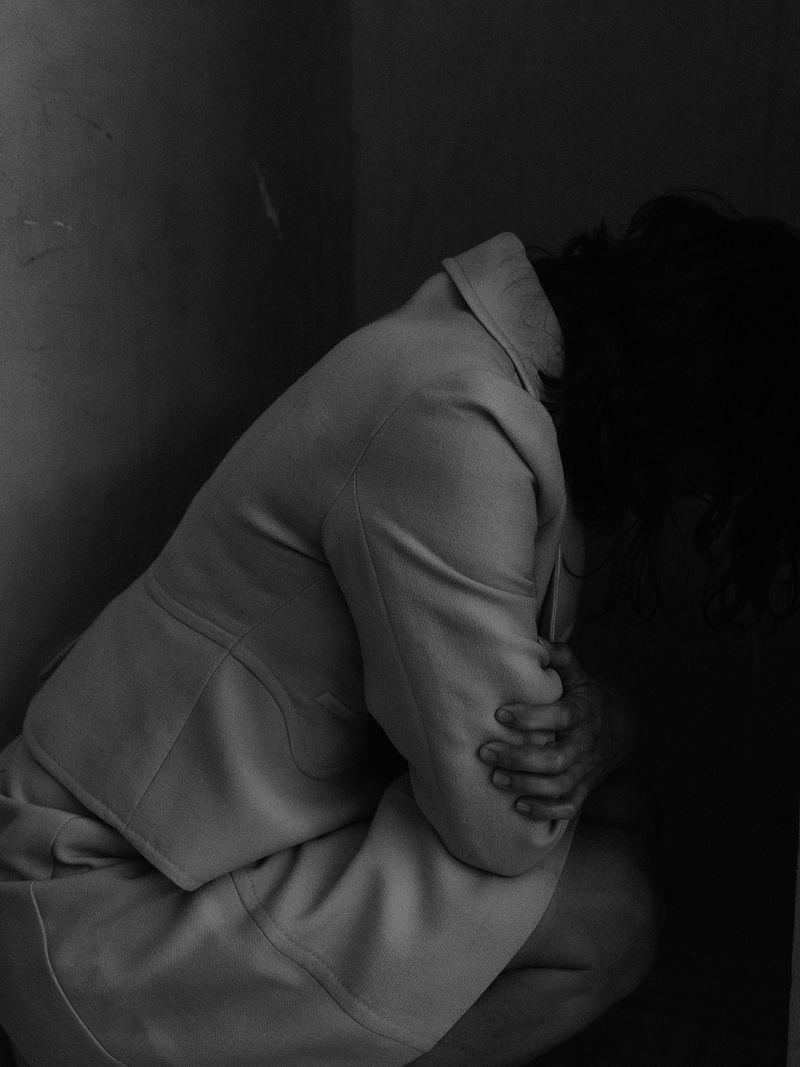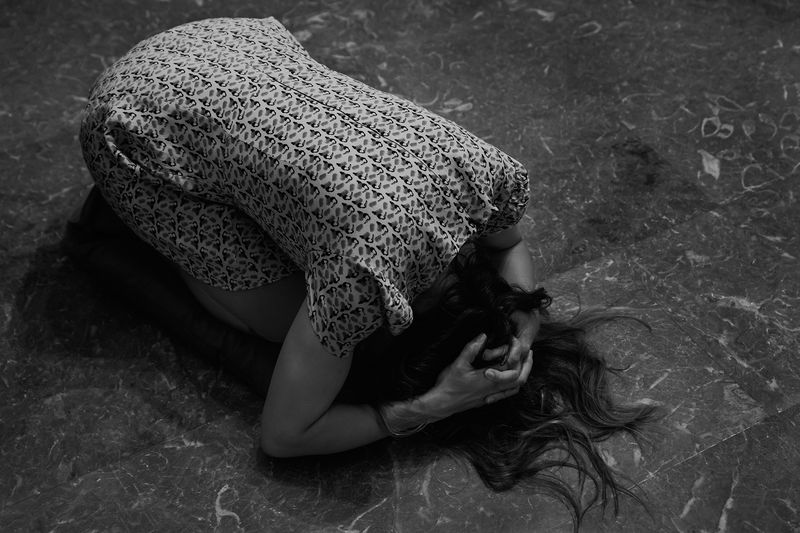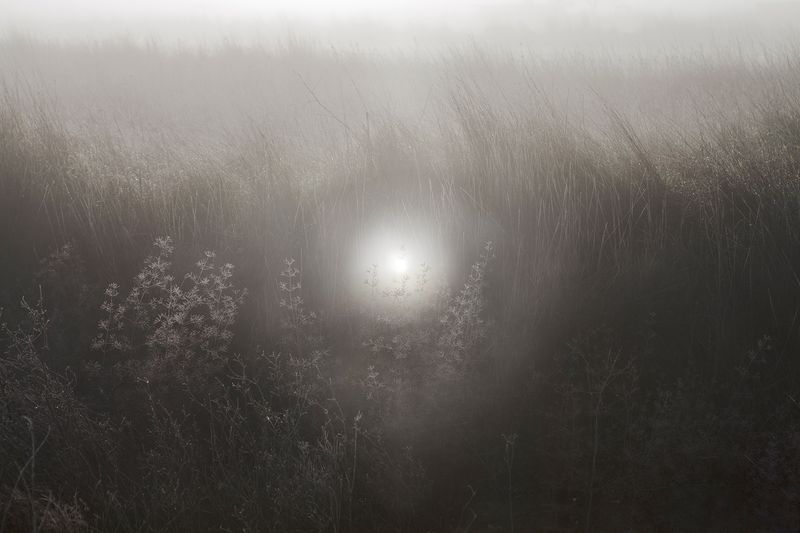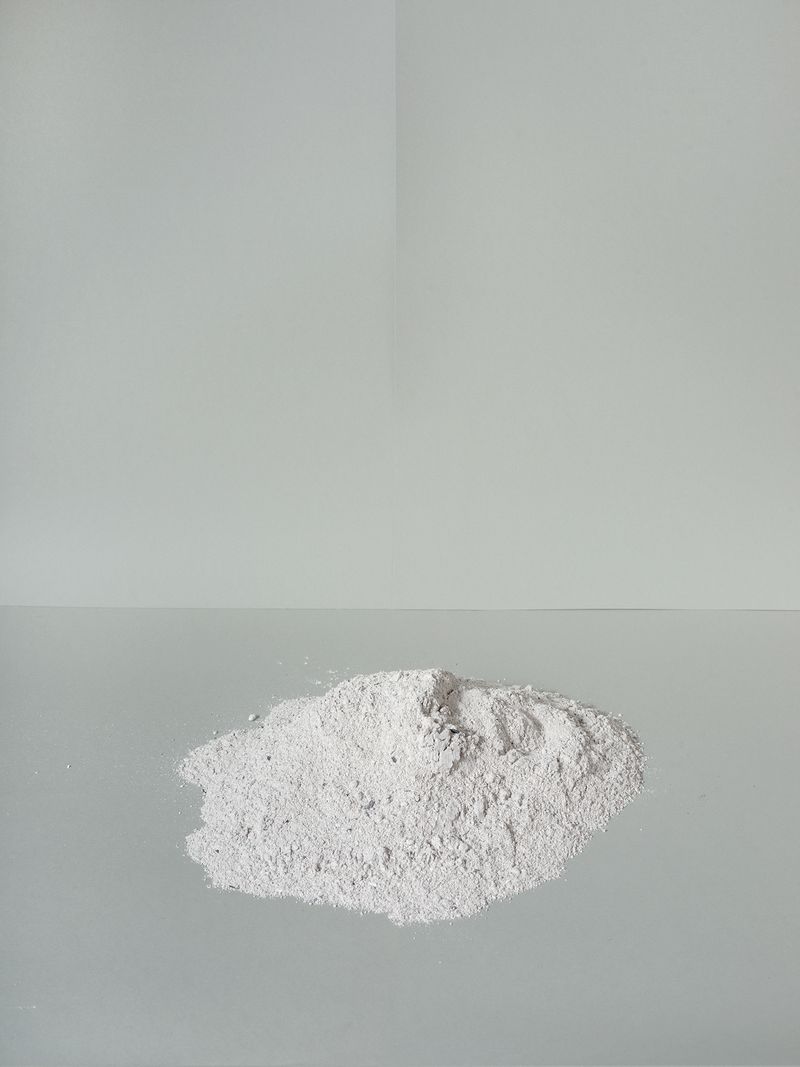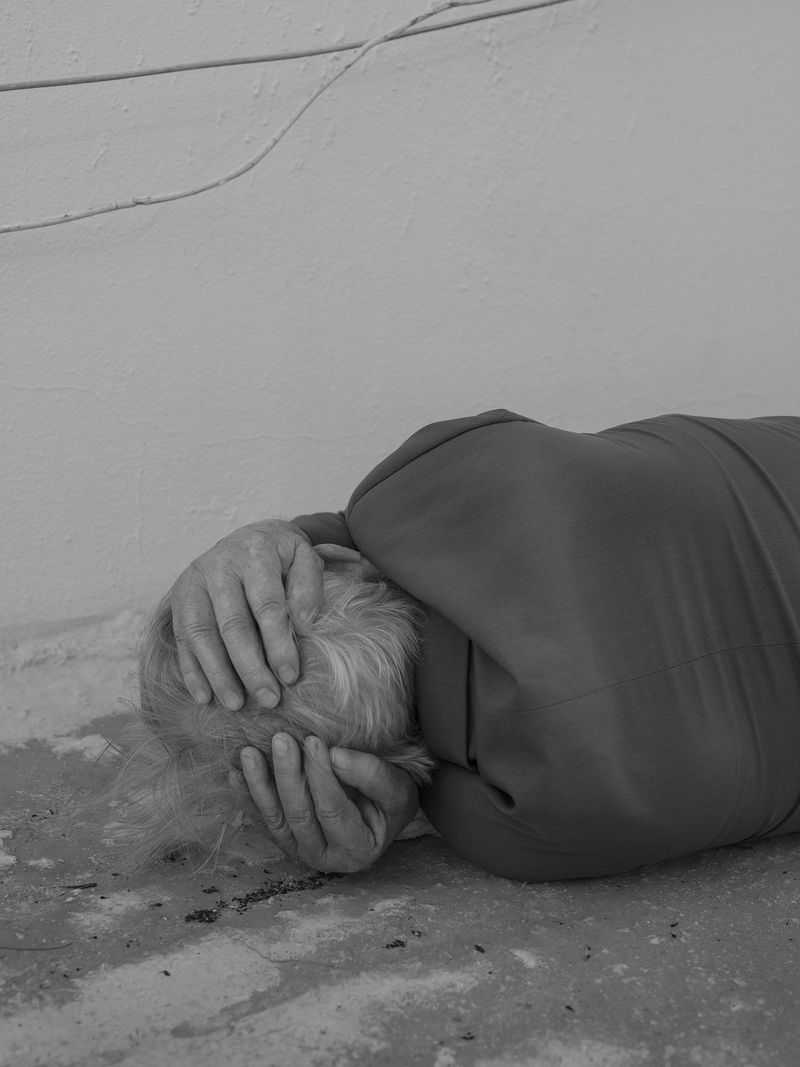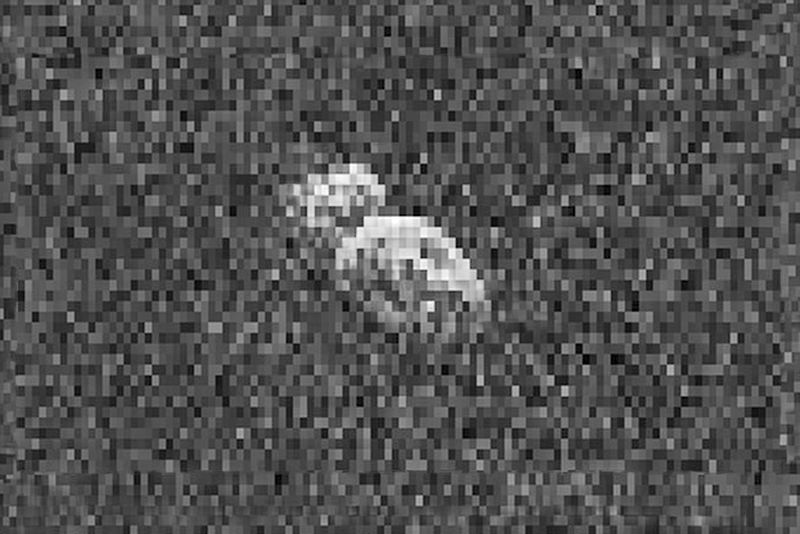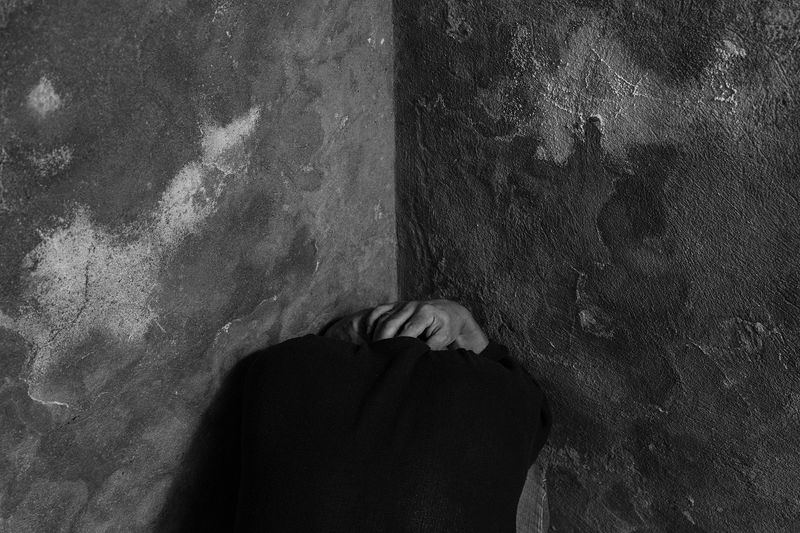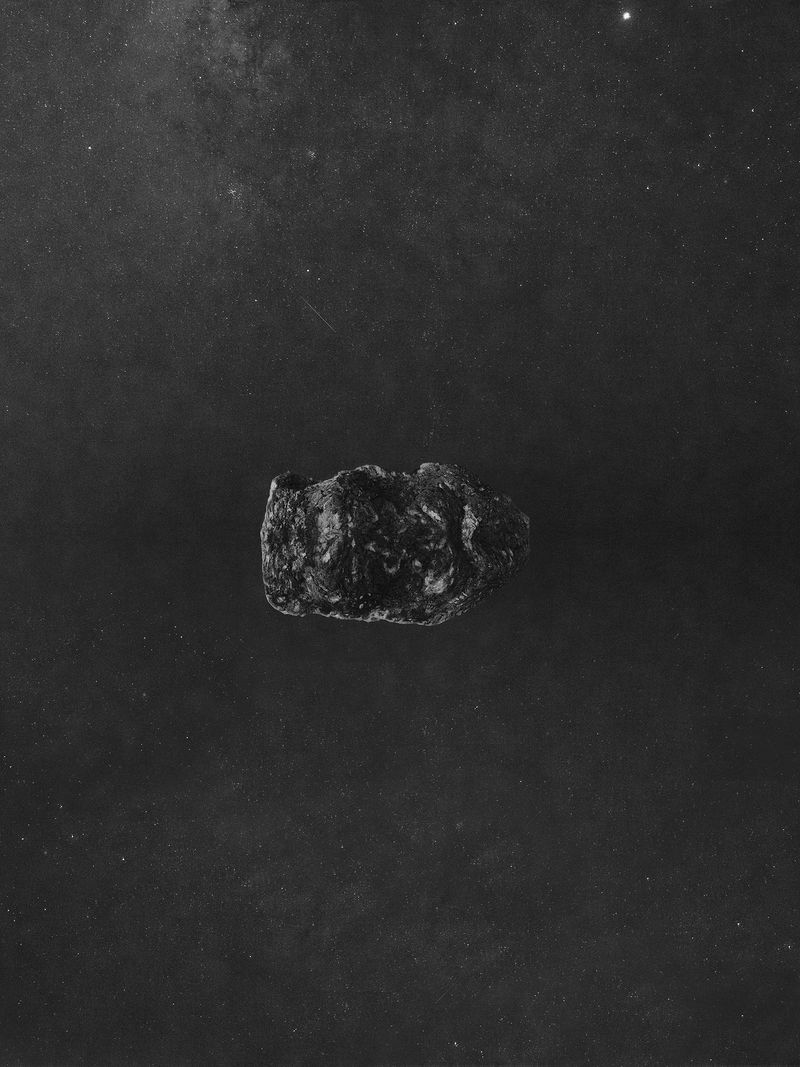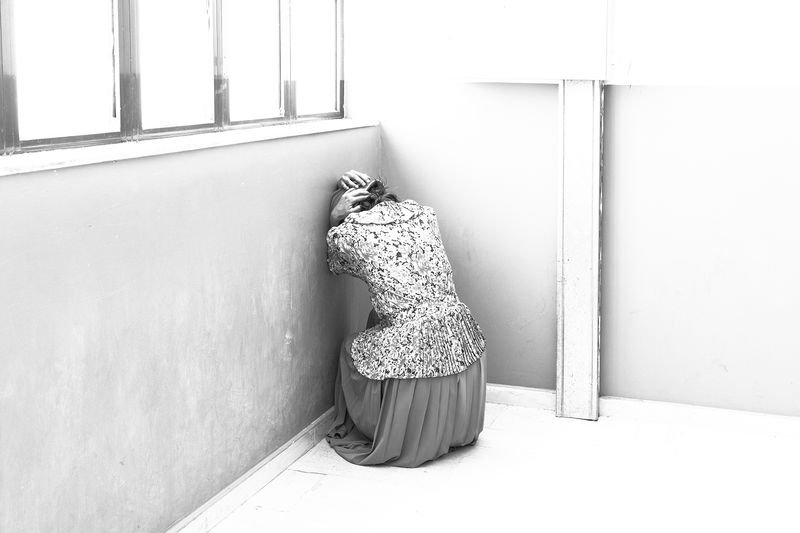Inherently Unpredictable and Reassuringly Expectable
-
Dates2016 - Ongoing
-
Author
- Locations Crete, Greece
-
Recognition
This body of work echoes a sinister omen from the future.
During the last few years, we witnessed countless refugees driven away from war zones and the worldwide rise of radicalism while populism and the extreme right parties were gaining power in Western countries. We saw the reviving of the cold war era and a new arms race. We are now living in the aftershock of the post-WWII “grand” narratives death. We witnessed all these from the comfort of our couch.
“1866 Sisyphus” is the name of a near-Earth asteroid discovered by astronomer Paul Wild in 1972. Measuring 6-9 km in diameter, in the unlike occasion of ever colliding with Earth, it will bring life to an end. The asteroid will make a safe passing from Earth on November 24, 2071.
One night, we decided to bring Sisyphus down on earth on an imaginary scenario, which takes place during its nearest crossing in 2071. We use the fictional event as the core to form a layered body of work, which will engage the viewer into pondering on the meaning of existence. The imagery of this on-going project consists of a non-indexed collection of evidence that converge towards a future accident. Although photography is central to our approach, we apply a broader arsenal of types by collecting printed material and incorporating found images, texts, video stills, readymade objects, sounds, etc. On a more functional level, we conceal, fracture, recontextualize and blend facts with fiction in order to activate the viewers and challenge their perspective of the world. As part of our artistic approach, we reference visual elements and texts from various Civil Defense publications that are relics of the cold war era. By doing so, we attempt to add to our work some of the authoritative power of these old leaflets and use their bizarre, detached and unsentimental approach on the all-life threatening event of an imminent nuclear war. Our purpose is not to exhaustively investigate the related period and its ramifications but rather harvest concepts to shape a body of work broader than the specific era. Our aim is to visualize a Sisyphean condition, a hypothetical certainty of absolute futility: all-life in earth will cease to exist.
Videos for the project:
Panos Charalampidis + Mary Chairetaki
